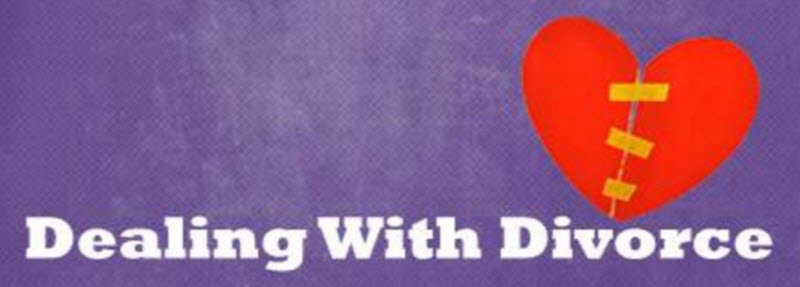Low Income Divorce Help
Are you in over your head? Unable to pay for your monthly bills and you still have to try to finalize a divorce? Divorce rates among low income families are higher than other wealth demographics and the pressure and stress of the event on a family’s finances can provide even more angst.
If you are interested in divorce and live near the poverty line in your area, seek out federally funded programs to help you through this difficult time. Without proper legal representation, you may not be able to properly defend yourself in a court of law.
Below are some of the more popular organizations that help low income earners and families deal with divorce. Learn more about other low income legal services that may be appropriate when dealing with multiple parties of a divorce.
Legal Aid
The United States Department of Justice provides a lot of information on Legal Aid that is available to low and middle income families that are struggling financially through a divorce.
Did you know, you may even qualify for a ‘Pro Bono’ Lawyer, giving you legal advice and representation absolutely free?
Civil legal aid provides a number of services. The first and most important is direct representation and advocacy on an individual basis by direct legal aid attorneys or through pro bono volunteers. These pro bono volunteers, depending on your situation could include lawyers, legal students and paralegals through a number of different non-profit organizations including law schools, court-based services, self-help centers and even online information websites.
The Key to Legal Aid
Legal Aid is vastly underfunded for the number of Americans in need. In fact, 50% of all legal aid applicants are turned away and the decision is generally made directly based on financial need. If you are in a low income or very low income bracket however, you have a good possibility of being afforded legal aid resources.
The largest provider in the country of legal aid resources is the Legal Services Corporation (LSC). 90% of its total congressional budget is delegated directly to 134 legal aid programs across 800 offices across the country. Their programs are aimed at those that live at or under 125% Federal poverty guidelines. This should be your first choice if you are in this demographic.
Not all programs are limited to 125% as some target those that are victims of domestic violence or older Americans and all educational resources are provided free of charge to all Americans.
State & Local Pro Bono
Even though LSC provides the largest free legal aid service in the U.S., there are other options for those that fall near the poverty line, especially in urban areas. Many state and large municipalities offer some form of free legal aid. These may encompass online classes, research or information on how to follow through on a divorce, while not actually providing a lawyer. Many of these programs are run through state and local bar associations. Many services are provided at no or low cost. If you live near a law school, you might also qualify for their law clinics that are staffed by law professors and students. Alternatively, many court houses are providing staff facilitators to people in order to fill out their paperwork.
Online & Alternates
Lastly, you could search online sites, such as ProBono.net for resources near you. Reaching out to those around you, might also turn up associations with lawyers that may be willing to help out for lower costs.
Find out if you qualify for legal aid, but do not be discouraged if you do not. Find an alternative through a local bar association to ensure you have proper representation during divorce proceedings. You can also utilize non-profits for assistance to see what legal help might be available in your immediate area.


I only receive snap an trying to get ssi but I been trying to find out how to get approved to get a divorce an have my fees waived he is a lifer in a Pennsylvania state correctional institution please help
I’m here in the Philippines. Divorce is not yet implemented… But annulment is. I’d like to apply an annulment with my husbandfor 12 years… I want to move on for peace of mind sake. I want to be out this separated and unsupported married life… We have 3kids but only 2 live with me. But I still want to get my other kid.. He is with his mistress already with my one kid. .. So there is no way for us to get together again… So to enjoy my life journey as single parent.. I need to move on… I need peace.. I need annulment.. But it’s very expensive here in the Philippines.. I hope I can find help in here… God bless. Thank you.